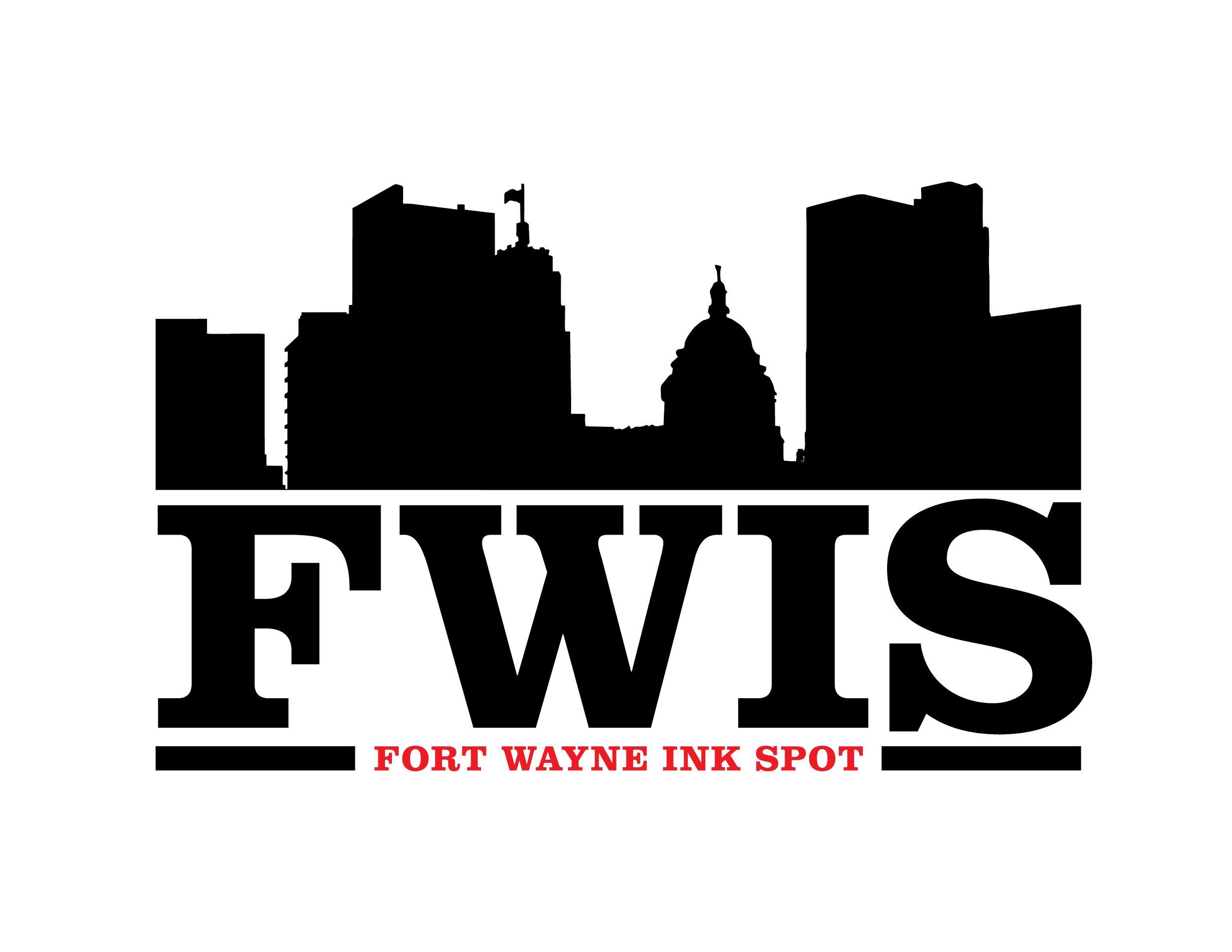How to Create a Simple Budget

Dawn Clopton,
Vice President Community Development Premier Bank
Building a budget can be a great way to plan for the future. At Premier Bank, we're here to help you create a budget or adjust your budget due to recent changes in your life. Here are the basics of how to make a simple budget, and why you need one.
Why You Need a Budget
A 2022 Bankrate survey found that about 56% of Americans are unable to cover an unexpected $1,000 bill with savings and nearly half of Americans said that higher costs are keeping them from saving. Having a budget and building your savings will help you create an emergency fund and spend within your means.
Calculate Your Net Income and Expenses
The first step toward creating a simple budget is to figure out how much money is coming into your household, and how much money is going out. Your expenses include electricity, phone plan, mortgage or rent, food, gas, vehicle payment and other things you pay for on a regular basis.
The first goal of creating a budget plan is to make sure you aren’t spending more than you’re bringing in each month, and that you have enough left over to save for the future, and have a little fun.
Put Your Budget in Writing
Premier Bank’s Money Management solution, “Personal Finance,” provides easy to use tools that allow you to track spending, build a monthly budget and set up goals to help you achieve your financial dreams. Having your budget in writing will help you stick to your plan so you can achieve your goals. Visit https://www.yourpremierbank.com/personal/money-management to learn more.
Set Your Savings Goals
You will also want to think about your short and long-term goals. Do you want to buy a house? Go on vacation or pay down credit card debt? Outlining your goals and how much you’ll need will help you figure out a savings plan.
There are many different theories on how much you should allocate to various categories in your life. Some suggest putting aside 10-15% of your net income towards your priority goals, like investments, savings or paying down debt. For many people that might not be realistic, so the best advice is to save as much as you can so that you can enjoy your life instead of just pay your bills.
Review Your Spending
Now you’ll want to figure out how much you’ve been spending in each category. A good rule of thumb is to allow yourself 30% of your budget towards variable or flexible spending items, 50% towards your fixed expenses and 20% towards your goals. This is called the 50/20/30 guideline.
If you see that you’re spending more than you’re taking in, or living paycheck to paycheck, you’ll want to get creative on how you can earn more money, or cut down on expenses, or a combination of both.
Building a budget doesn’t need to be complicated, but is an essential part of being a responsible adult.
